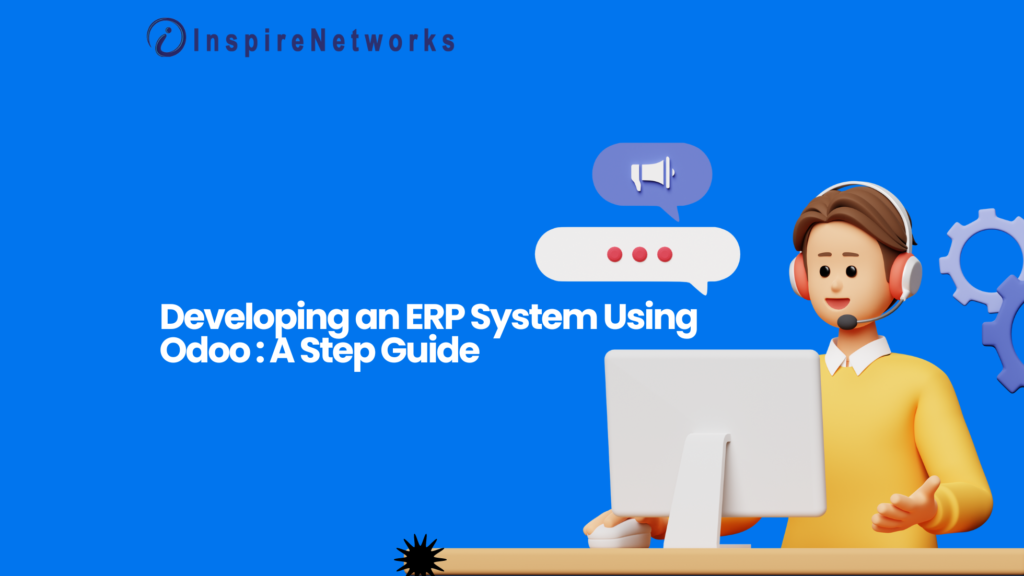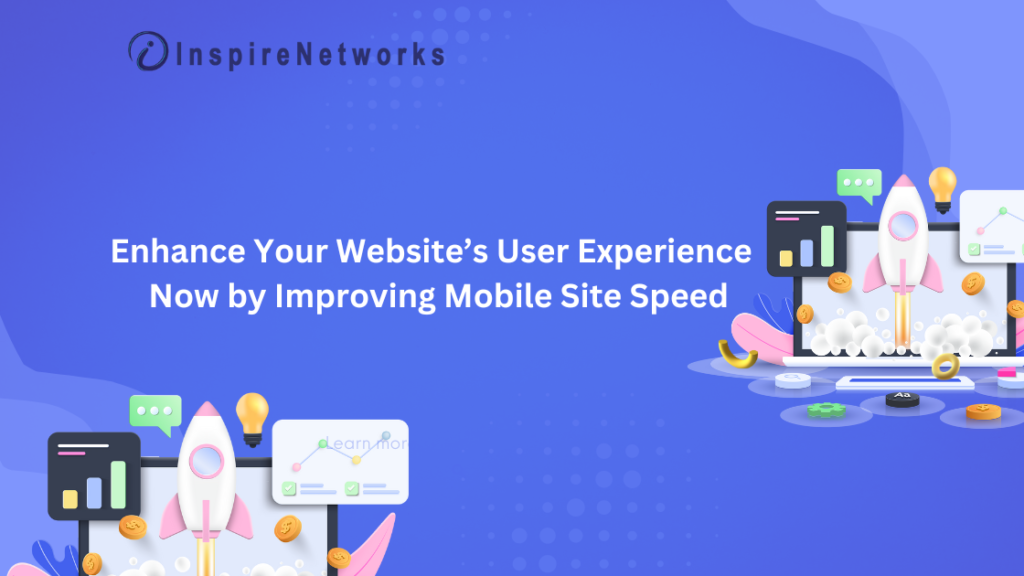Developing an ERP System Using Odoo: A Step-by-Step Guide
Introduction: In the rapidly evolving business landscape, tackling the challenges of overseeing diverse company operations can be a formidable task. Enterprise Resource Planning (ERP) systems have become indispensable tools for seamlessly integrating and automating various business processes, ultimately leading to heightened efficiency and productivity. Odoo, a widely embraced open-source ERP solution, has garnered considerable acclaim for its adaptability, scalability, and comprehensive feature set. This article delves into the procedures for constructing an ERP system using Odoo and examines the advantages it brings to businesses. Comprehending Odoo: Before embarking on the development journey, it’s crucial to grasp the foundational aspects of Odoo. Odoo stands out as an all-encompassing business management software equipped with modules catering to diverse functional areas such as sales, inventory, accounting, human resources, and more. Its architecture is modular, granting businesses the flexibility to customize and tailor the system to meet their specific needs. This modular framework empowers businesses to select and integrate the particular modules essential for creating a personalized ERP system. Odoo boasts a user-friendly interface and seamless module integration, ensuring a smooth workflow and synchronized data. With its extensive array of features and robust community support, Odoo emerges as a comprehensive solution suitable for businesses of all sizes and across various industries. Establishing Requirements and Planning: Initiating the development of an ERP system with Odoo begins with the crucial task of clearly defining your business’s specific requirements. Pinpoint the essential functionalities and processes that warrant integration into the system, encompassing modules, workflows, reports, and any other features vital to your business operations. Once the requirements are articulated, proceed to formulate a comprehensive project plan delineating the development timeline, resource allocation, and key milestones. Installation and Configuration: Commencing the development process requires the installation and configuration of Odoo on your chosen platform. Odoo accommodates both on-premises and cloud-based installations. Adhere to the installation guide provided by Odoo, ensuring the system’s seamless operation. Tailor the basic settings, including company information, currencies, and languages, to align with your business requirements. Development of Modules: Odoo’s modular architecture empowers you to craft and integrate custom modules tailored to your needs. Begin by assessing existing modules, exploring whether any can serve as a foundation for customization. If not, embark on developing new modules from scratch. Given that Odoo utilizes Python as its programming language, possessing Python development skills proves advantageous. Construct the requisite models, views, and controllers within the module, defining relationships and workflows between different entities. Customization of User Interface: A user-friendly and intuitive interface plays a pivotal role in user adoption and satisfaction. Customize the Odoo user interface to mirror your brand identity and enhance user-friendliness. Adapt existing views or generate new ones to present information in a format aligned with your business processes. Odoo offers a drag-and-drop editor facilitating UI customization, enabling you to organize fields, incorporate custom buttons, and specify access rights. Beyond basic modifications, Odoo’s user interface customization extends to rearranging fields, crafting custom dashboards, and designing personalized menus. This flexibility empowers you to optimize the user experience based on your business requirements. Apart from visual customization, Odoo provides the ability to define access rights for distinct user roles. By establishing permissions and restrictions, you can ensure that users access only relevant modules and data, upholding data security and privacy. Workflow and Automation: An integral benefit of an ERP system lies in the automation of processes. Harness Odoo’s workflow engine to automate recurring tasks, approvals, and notifications. Define the sequential and parallel steps within each process, establish conditions, and allocate responsibilities. Automating processes enhances efficiency, minimizes errors, and optimizes resource utilization. Odoo’s workflow engine facilitates the visualization and automation of business processes by delineating sequential and parallel steps, encapsulating all necessary actions and decision points. This workflow engine empowers users to set conditions and triggers that dictate when specific actions should be executed. For instance, configure the system to automatically dispatch notifications or reminders when a task is due or when a specific event transpires. This eliminates the need for manual follow-ups, ensuring all stakeholders remain informed and on schedule. Data Migration and Integration: During the transition from an existing system to Odoo, data migration becomes a pivotal step. Identify the data requiring migration and either develop scripts or leverage Odoo’s built-in import tools for seamless data transfer. Additionally, integrate Odoo with other systems such as CRM, e-commerce platforms, or payment gateways to ensure fluid data flow and real-time synchronization. Alternatively, Odoo’s built-in import tools simplify data migration by supporting various file formats, such as CSV or Excel. These tools incorporate mapping capabilities, enabling users to align fields from the source file with corresponding fields in Odoo, streamlining the migration process, particularly for non-technical users. Testing and Quality Assurance: Conduct comprehensive testing of developed modules, workflows, and integrations to verify their proper functioning. Perform functional, performance, and user acceptance testing to identify and address any bugs or issues. Make necessary adjustments and refinements to enhance the system’s stability, reliability, and usability. Training and Deployment: Upon thorough testing, initiate training sessions for end-users on effective Odoo utilization. Provide comprehensive documentation, including user manuals and FAQs, guiding users through different processes and features. Conduct workshops to address queries or concerns. After the training phase, deploy the ERP system to the production environment, ensuring a seamless transition from the old system to Odoo. Successful implementation hinges on well-planned deployment and training. Through comprehensive training and support, end-users can fully leverage Odoo’s features, facilitating a smooth transition and improving organizational efficiency and productivity. Ongoing Support and Maintenance: The process of ERP development is continuous, underscoring the importance of sustained support and maintenance. Regularly update Odoo to its latest version, consistently monitor system performance, and promptly address any arising issues. Stay abreast of Odoo’s community and official documentation to capitalize on new features and enhancements. Continuous support and maintenance play a pivotal role in ensuring the ongoing success of your Odoo ERP System. Routine updates, vigilant system monitoring, swift issue resolution, ongoing user training, and active engagement with the community



